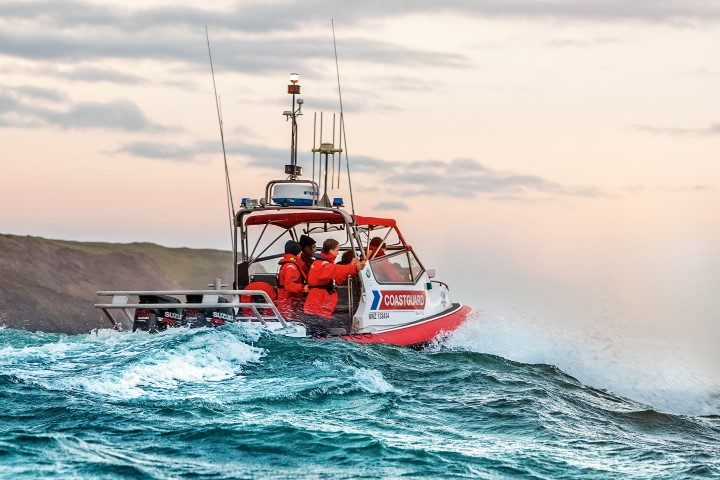

Crossing a sand bar can be a dangerous endeavour, even for the most seasoned boatie. Each year boats are damaged and people are injured or killed when a crossing goes wrong. Places like Manukau, Raglan and Kawhia, in particular, have notoriously difficult bars.
But it doesn’t have to be like that. There are many things you can do to stay safe while crossing a bar and make it successfully to the other side. Here are a few simple tips all boaties should follow:
• Seek local advice on the bar and channels
• Check the weather, tide and bar conditions
• Ensure your boat has adequate stability
• Check your boat and make sure hatches and equipment are properly secured
• Make sure everybody is wearing a lifejacket and is awake
• Ensure that you’re carrying two forms of communication that work even when wet.

When you cross the bar, make sure it’s the right time to do so. The optimum time to cross is within three hours before high tide if going out, and between three hours before and 1 to 1½ hours after high tide coming back in.
Double check that the conditions are safe to cross both on the way over and when you return. If you have other people on board make sure they are also keeping a lookout astern and to the sides of the boat for you. Approach the bar at a moderate speed. When you’ve successfully crossed over, call Coastguard and let us know that you’re safe and well.
Most importantly, if in doubt, don’t go out! It’s much better to be safe than sorry, so if there’s any doubt at all about the weather conditions or your skill level – stay put.
BAR CROSSING REPORTS – ONE CALL COULD SAVE YOUR LIFE
Any time you’re about to cross a bar, give Coastguard a call on *500 or VHF Channel 16 and complete a Bar Crossing Report. If anything goes wrong, Coastguard knows where you are and can send help if you need it.
If you’re not crossing a bar but are still heading out on the water, it’s a good idea to log a Trip Report through the Coastguard app. Until now, boaties logging trip reports have done so through their VHF radio or by calling Coastguard on the phone.
The new app allows Trip Reports to be made from your smartphone. You can add your boat details, including your call sign, and nominate a designated shore contact who will be notified by text if you’re overdue – and given advice on next steps to take, including calling Coastguard. You can download it at www.coastguard.nz/app
When you cross the bar, make sure it’s the right time to do so.
NEED MORE HELP CROSSING A BAR?
If you’re still unsure about how to cross a bar safely, or just need a little more confidence, Coastguard Boating Education offers a Bar Crossing course. A one-day course, it covers important information such as visual observation/orientation, safety precautions, and what to do if things go wrong.
LEARN MORE To improve your VHF radio, cellphone, EPIRB, whistle, distress flares and other Sea Survival communication skills, consider doing a Coastguard Boating Education Boatmaster course.
Visit www.boatingeducation.org.nz for more information.





